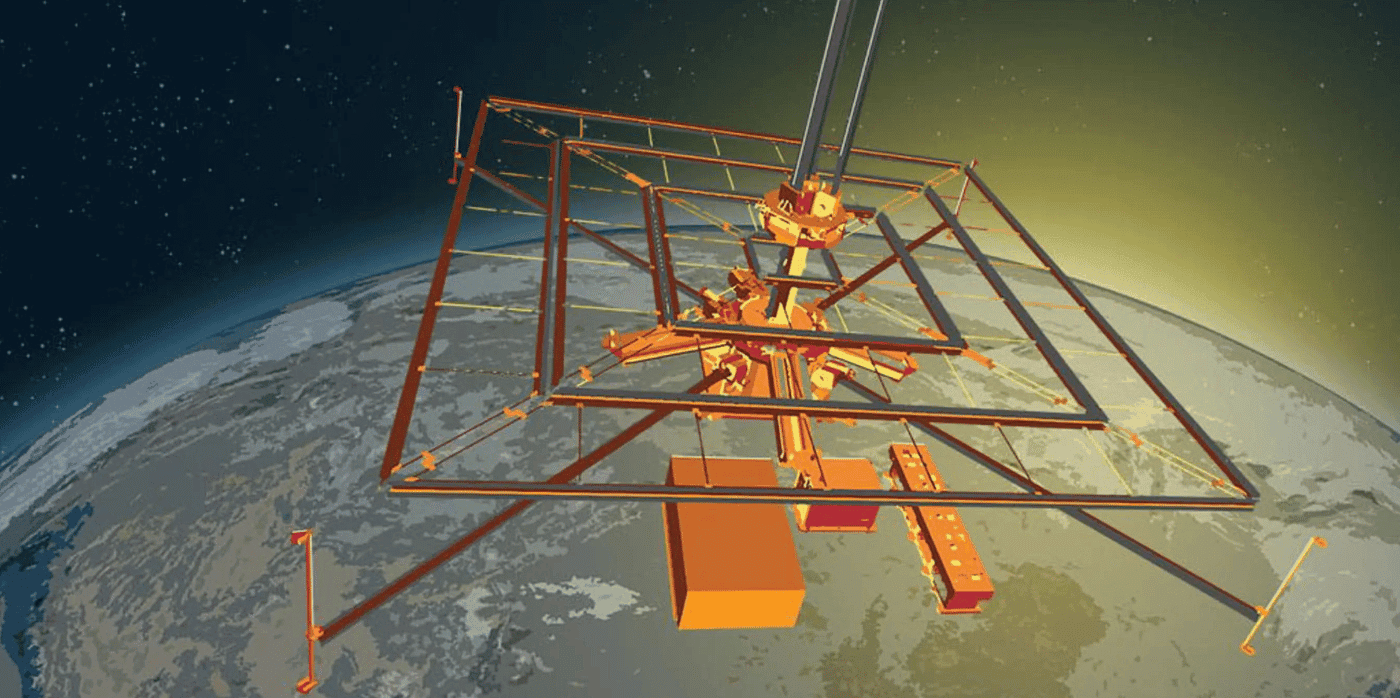Researchers wirelessly transmit solar power in space

Spotted: The ability to collect solar energy here on Earth is often at the mercy of factors such as nightfall, cloud cover, and other adverse weather conditions. But what if solar power could be collected in space and beamed back to Earth? After all, in space, the energy is constantly available without being subjected to the cycles of day and night, seasons, and cloud cover. That is exactly what a team of researchers has done.
Caltech’s Space Solar Power Project (SSPP) has recently demonstrated wireless power transfer from space. In January of this year, the SSPP launched a prototype – dubbed the Space Solar Power Demonstrator (SSPD) – aboard a SpaceX rocket, to test key components of the plan to harvest solar power in space and beam the energy back to Earth.
This month, one of these components, the MAPLE (Microwave Array for Power-transfer Low-orbit Experiment), succeeded in transferring power wirelessly to receivers in space. It used constructive and destructive interference between individual transmitters to focus and direct the energy it beams out – all without any moving parts.
Caltech Professor Ali Hajimiri, who led the team developing MAPLE, explained: “Through the experiments we have run so far, we received confirmation that MAPLE can transmit power successfully to receivers in space. We have also been able to program the array to direct its energy toward Earth, which we detected here at Caltech.”
Solar energy is growing rapidly, but it still accounts for only around four per cent of the world’s energy needs. A number of recent innovations spotted in the Springwise archive hope to improve on this, however, including floating solar plants and fully circular solar PV cells.
Written By: Lisa Magloff

